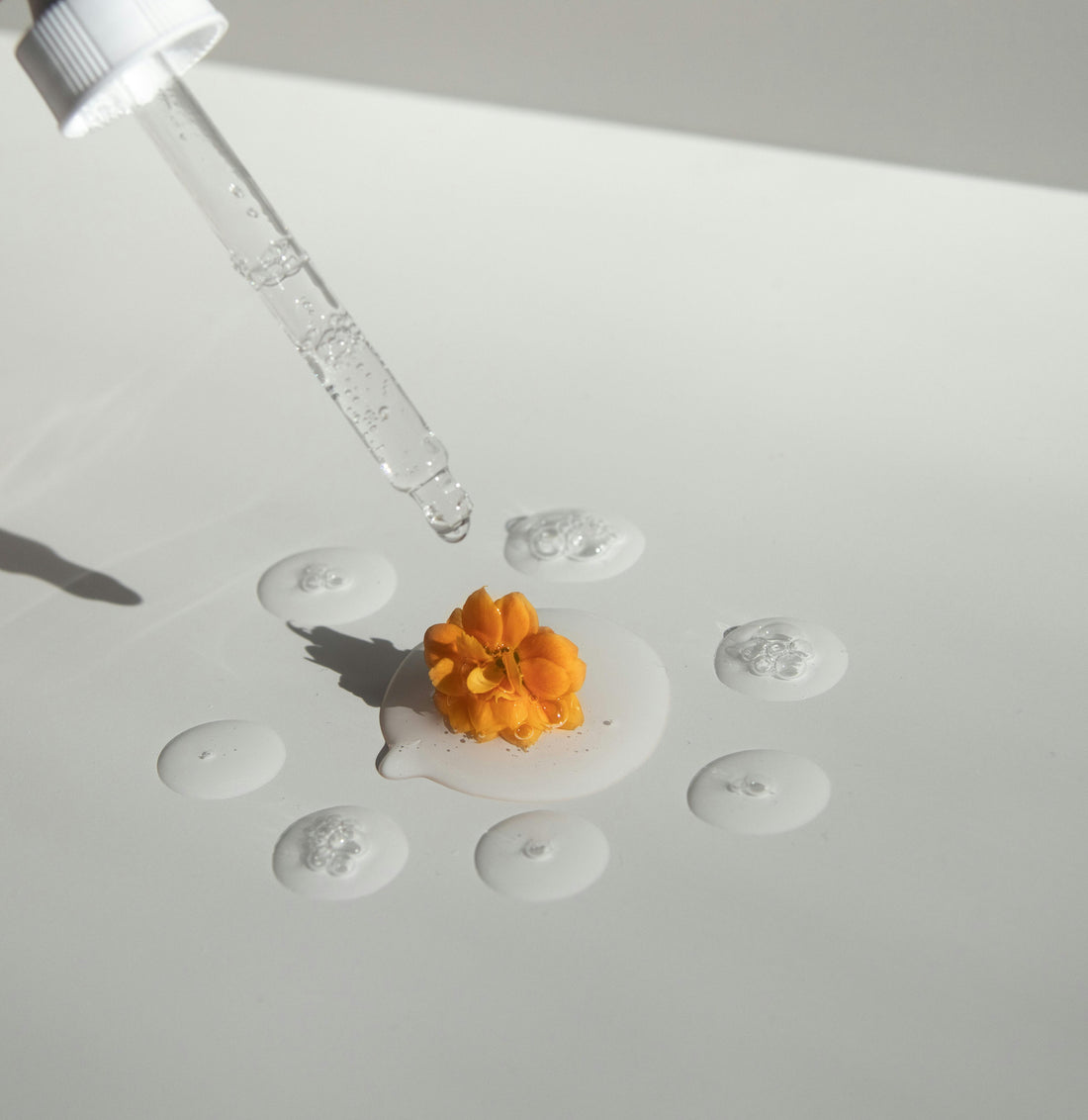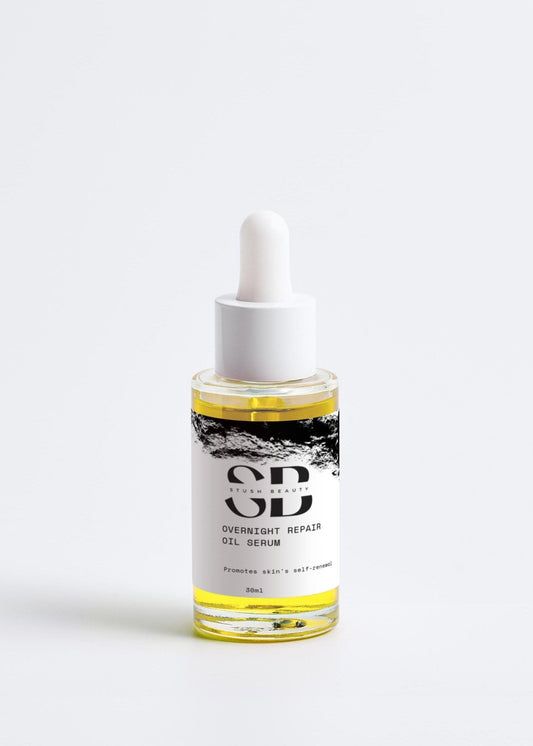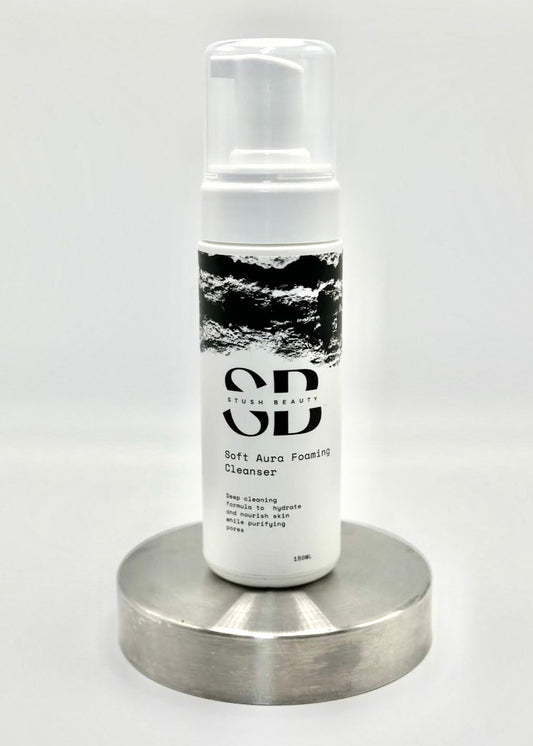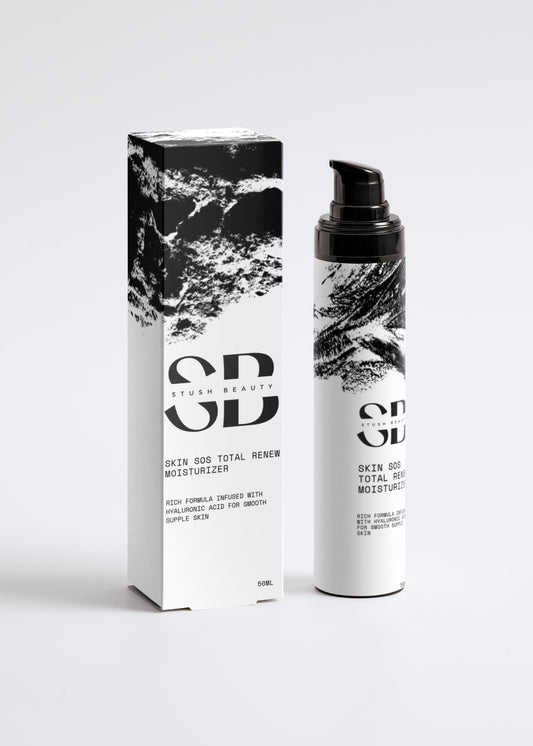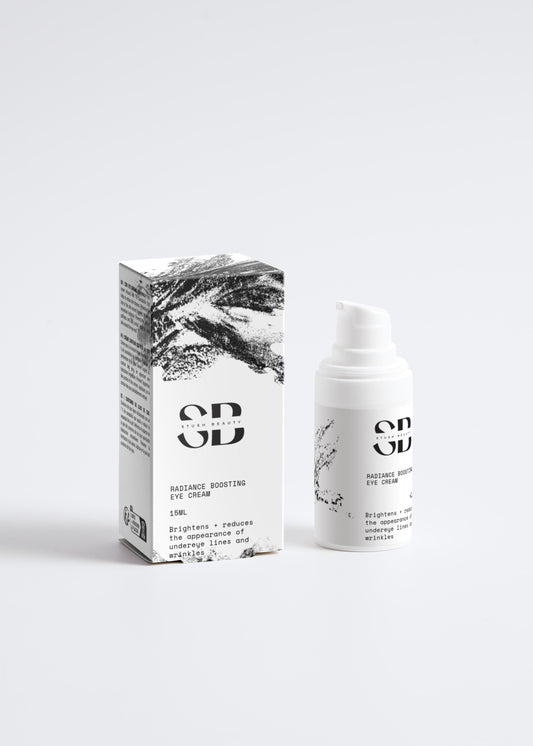In the ever-evolving world of skincare, the quest for flawless skin often leads us down numerous product aisles, each promising its own unique benefits. Among these, serums have emerged as skincare superheroes, delivering potent ingredients in concentrated formulas. But as our skincare collections expand, so too does the question: can we mix our beloved serums together?
The short answer? It depends.
Let's delve deeper into the intricacies of skincare serums and the considerations you should keep in mind when combining them.
Understanding Your Serums:
Firstly, it's essential to understand the purpose of each serum in your routine. Serums are formulated to address specific skincare concerns, whether it's hydration, brightening, anti-aging, or acne-fighting. Each serum typically contains a unique combination of active ingredients tailored to deliver targeted results.
Compatibility is Key:
One of the primary factors to consider when mixing serums is compatibility. Not all skincare ingredients play well together. Some combinations may render certain ingredients ineffective or even cause skin irritation.
For example, mixing a vitamin C serum with a niacinamide serum was once thought to be a skincare faux pas due to concerns about potential interactions. However, recent research suggests that this combination is generally safe for most skin types, debunking the myth that these two powerhouse ingredients cancel each other out.
On the other hand, certain combinations, such as vitamin C and retinol, may be too harsh for sensitive skin or lead to increased sensitivity to sunlight if used during the daytime.
Layering Order Matters:
Even when serums are compatible, the order in which you apply them can impact their efficacy. As a general rule of thumb, skincare experts recommend layering products from thinnest to thickest consistency.
For instance, water-based serums should be applied before oil-based ones to ensure optimal absorption of each product. Following this guideline helps prevent product pilling and ensures that each serum can penetrate the skin effectively.
Personalization is Key:
Ultimately, the decision to mix serums boils down to personal preference and your skin's unique needs. Experimentation can be part of the fun in skincare, but it's essential to listen to your skin's responses.
If you're unsure about combining serums, consider conducting a patch test on a small area of skin before applying the mixture to your entire face. This can help you gauge how your skin reacts to the combination and whether any adverse effects occur.
Consultation with Experts:
When in doubt, consulting with a dermatologist or skincare specialist can provide valuable insights tailored to your specific skin concerns and goals. They can offer personalized recommendations based on your skin type, existing skincare routine, and any sensitivities or allergies you may have.
In conclusion, while mixing skincare serums can be a convenient way to streamline your routine and target multiple concerns simultaneously, it's essential to approach it with caution and consideration. Understanding the compatibility of ingredients, the order of application, and listening to your skin's feedback are all crucial steps in achieving healthy, radiant skin.
So, go ahead, experiment wisely, and let your skin be your guide on the journey to skincare nirvana!
